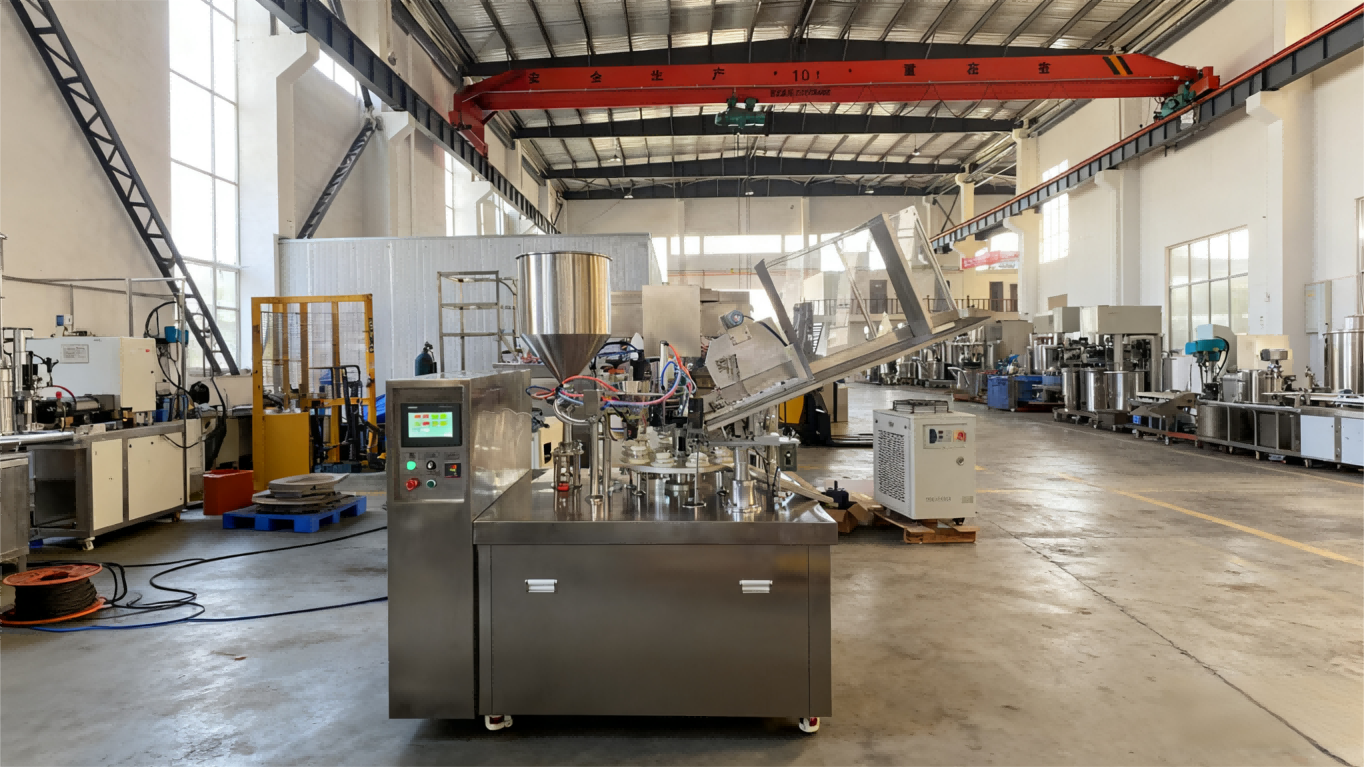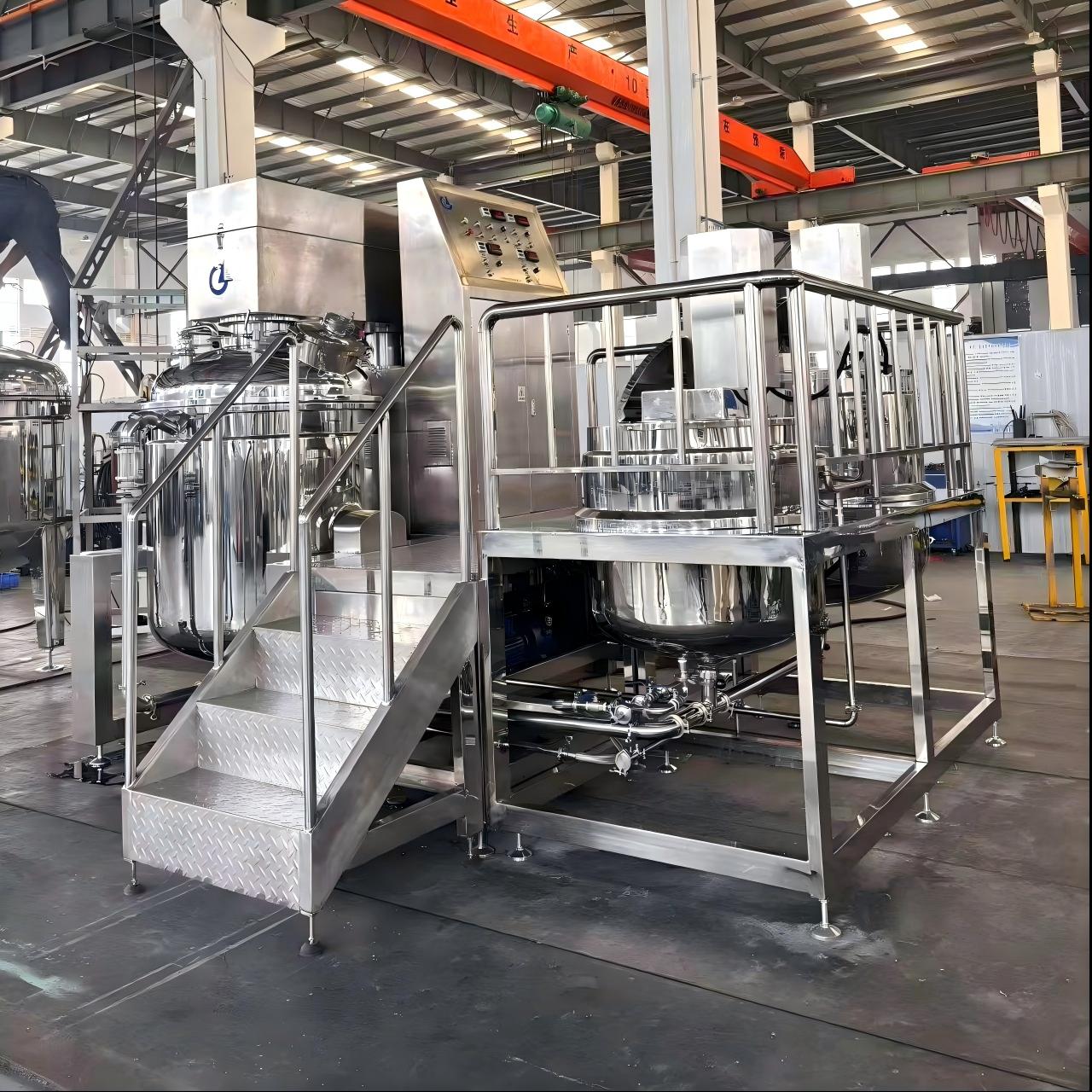How Much Does a Vacuum Homogenizer Emulsifying Mixer Cost?
When planning to purchase a vacuum homogenizer emulsifying mixer, cost is often a top concern for buyers. However, pinpointing the exact price of this specialized equipment is not straightforward—it depends on multiple key factors that directly influence the final cost.

1. Equipment Size & Capacity (Core Cost Driver)
The cost of a vacuum homogenizer emulsifying mixer varies drastically based on its size and production capacity, which are tailored to different application scenarios:
Small benchtop models (5–50L capacity): Designed for labs or small-batch production (e.g., cosmetic R&D), these are the most affordable, typically ranging from $5,000 to $20,000.
Medium-scale models (100–500L capacity): Suitable for medium-sized factories (e.g., regional food sauce producers), their cost usually falls between $25,000 and $80,000, due to sturdier construction and higher power components.
Large industrial models (1,000L+ capacity): Used for mass production (e.g., pharmaceutical ointment lines), they require heavy-duty parts and customized designs, with prices often exceeding $100,000.
2. Technological Configuration & Features
The level of technology and added features also push costs up or down:
Basic models: Only offer core functions (vacuum control, basic shear mixing) without advanced automation, suitable for simple production needs.
Advanced models: Integrate high-value features such as touchscreen-based automated recipe storage (to reduce manual errors), real-time temperature/pressure alarms (for safety), and energy-saving frequency converters (to cut electricity costs). These upgrades can increase the price by 30%–50% compared to basic versions.
3. Brand & Manufacturer Reputation
Brand influence and manufacturer capabilities affect pricing too:
Established brands (with long-term industry experience and certifications like ISO 9001/CE): They charge a premium (15%–25% higher than no-name brands) but guarantee better quality control (e.g., 316 stainless steel chambers) and more reliable after-sales support.
Emerging or local manufacturers: Offer lower initial prices but may lack R&D capabilities—their equipment might have shorter lifespans or require more frequent maintenance, leading to higher long-term costs.
When evaluating brands, focus on total cost of ownership (TCO), not just the upfront purchase price.
4. Additional Hidden Costs
Beyond the mixer itself, buyers must account for supplementary expenses that can add 10%–20% to the total budget:
Installation fees: Higher for large industrial models (which need on-site assembly and pipeline connection) than benchtop ones (which are plug-and-play).
Operator training: Necessary for advanced automated models—manufacturers may charge $500–$2,000 for on-site training sessions.
Maintenance contracts: Annual contracts (covering parts replacement and regular inspections) typically cost 5%–8% of the equipment’s purchase price, but they help avoid unexpected repair costs.
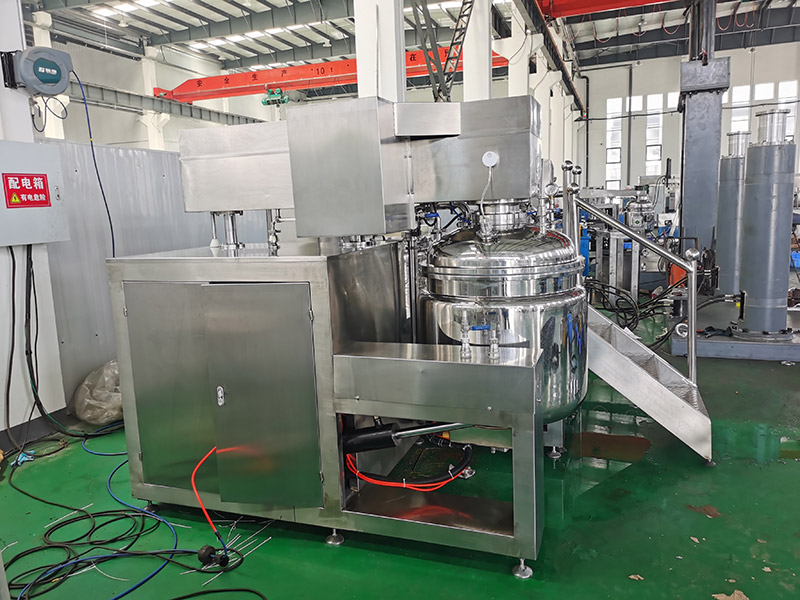
How to Get an Accurate Cost Estimate
To obtain a precise quote, contact 3–5 manufacturers and provide detailed information about your needs, including:
Required capacity (e.g., “200L for daily production of facial cream”);
Necessary features (e.g., “dual heating/cooling systems, explosion-proof design”);
Application industry (e.g., “pharmaceuticals, requiring GMP compliance”).
Comparing quotes across brands will help you balance cost, performance, and after-sales service—ensuring you invest in equipment that meets both your current needs and future production scaling.
News
- Latest News
- Solutions
- FAQ
Recommend Products
-
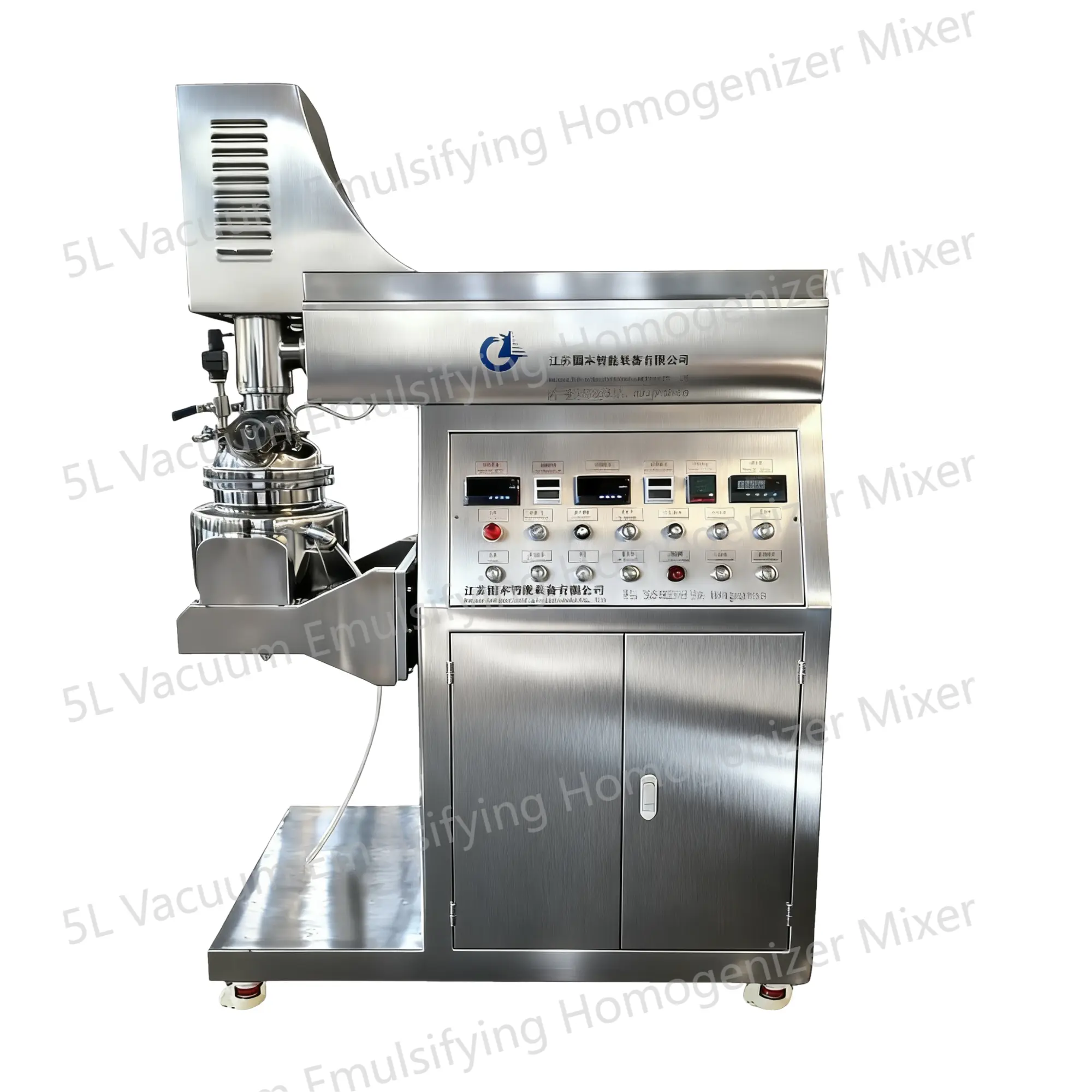 5L Vacuum Emulsifying Homogenizer Mixer
5L Vacuum Emulsifying Homogenizer MixerThe 5L vacuum emulsifying mixer is a device designed for emulsifying and mixing various substances in a vacuum environment. This equipment is equipped with a mixing tank with a capacity of 5 liters and is widely applied in industries such as food, pharmaceuticals, cosmetics, and pesticides.
-
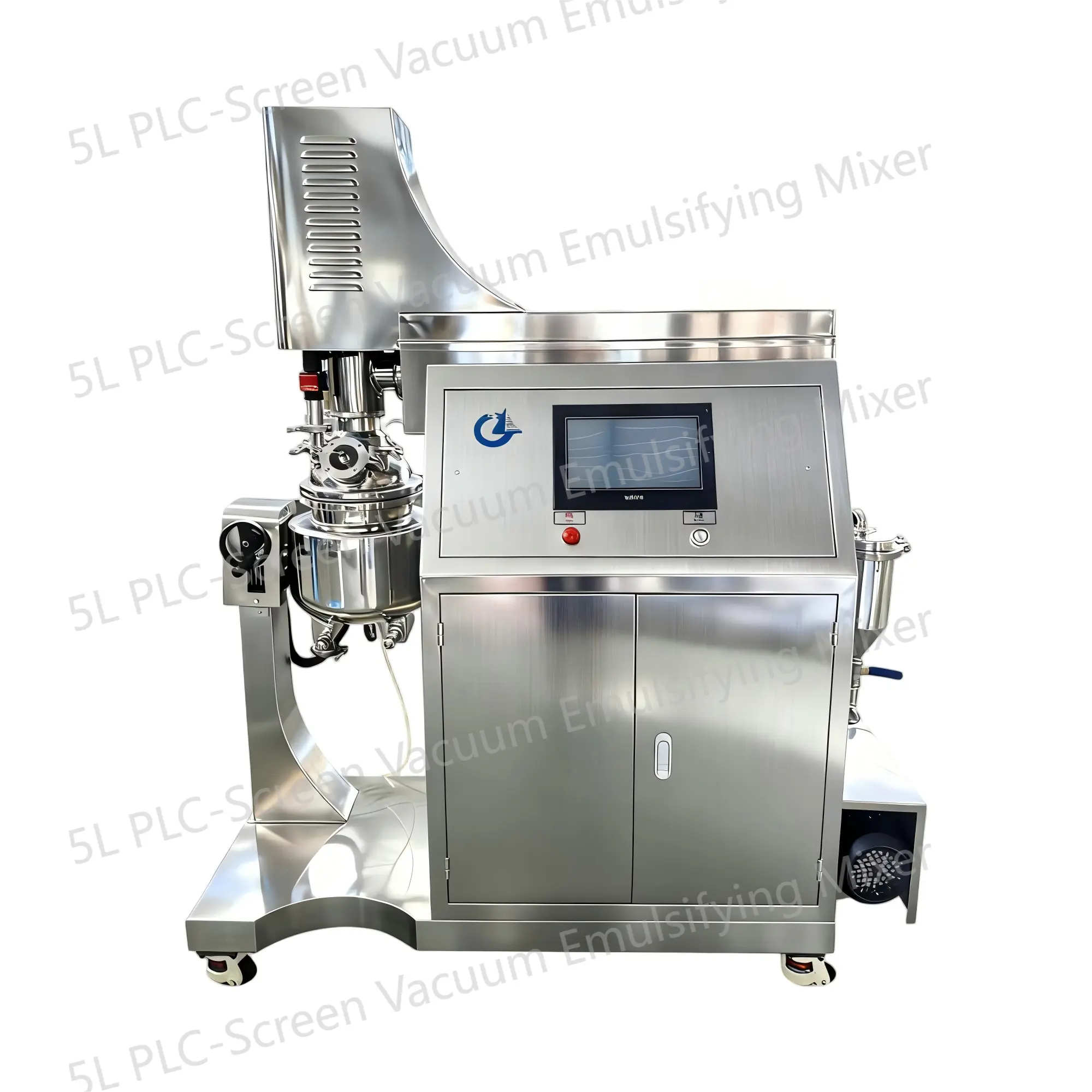 5L PLC-Screen Vacuum Emulsifying Mixer
5L PLC-Screen Vacuum Emulsifying MixerThe 5L PLC-Screen Vacuum Emulsifying Mixer is a device designed for emulsifying and mixing various substances in a vacuum environment. This equipment is equipped with a mixing tank with a capacity of 5 liters and is widely applied in industries such as food, pharmaceuticals, cosmetics, and pesticides.
-
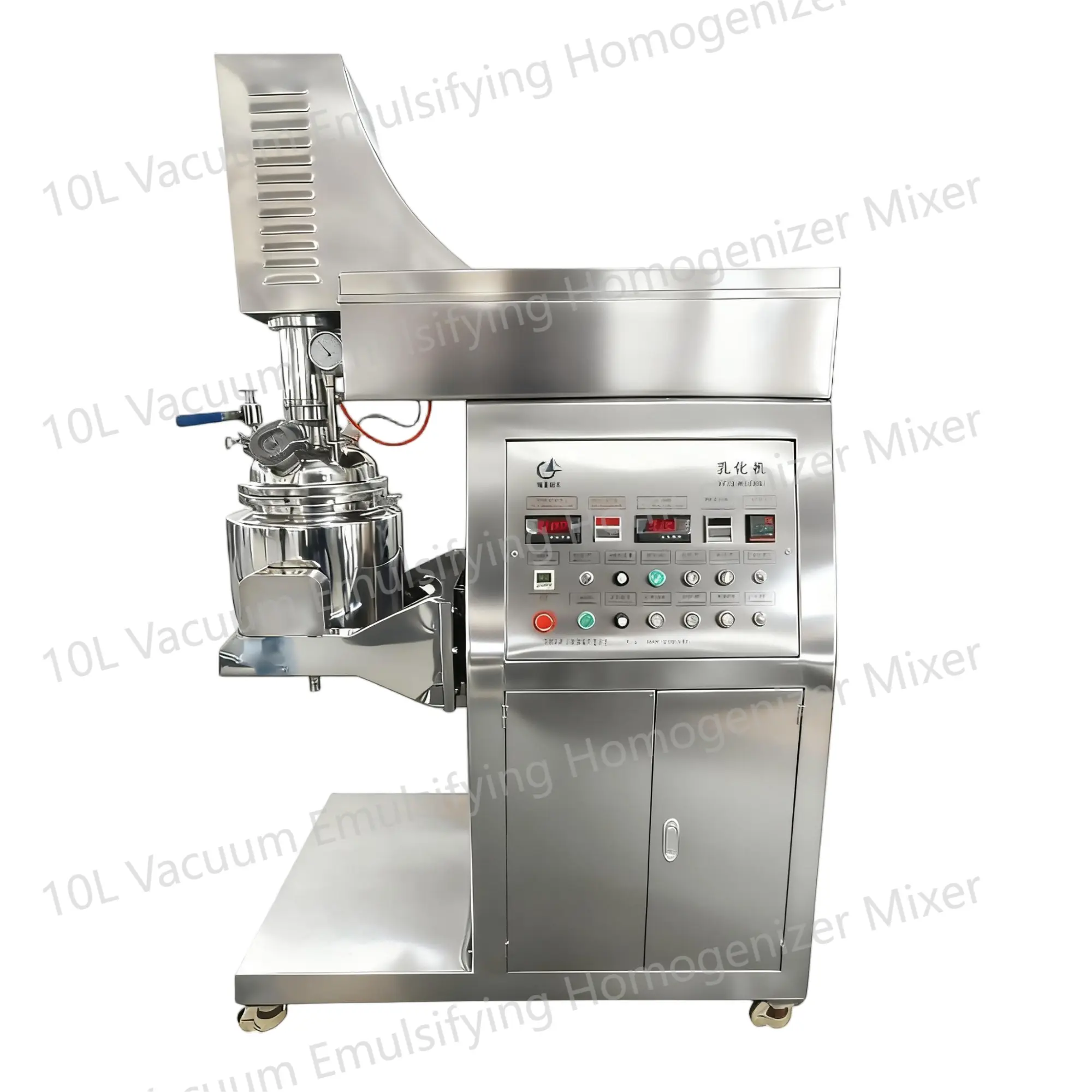 10L Vacuum Emulsifying Homogenizer Mixer
10L Vacuum Emulsifying Homogenizer MixerThe 10L Vacuum Emulsifying Mixer is a device used for emulsifying and mixing various substances in a vacuum environment. It is commonly used in industries such as food, cosmetics, and pharmaceuticals.


 English
English Russian
Russian French
French Spanish
Spanish Portuguese
Portuguese Korean
Korean Japanese
Japanese Thai
Thai
